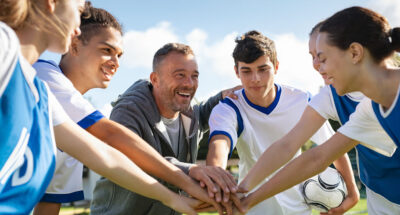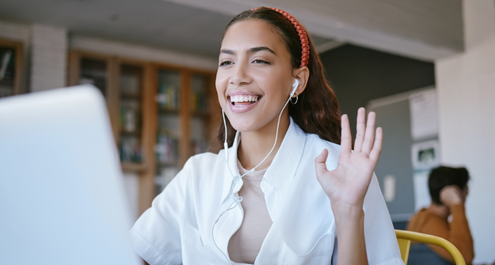Evidence That It Works
Research tells us that we tend to respond more fairly and favorably towards people who appear similar to us. For instance, people tend to share more with those who have the same social group identity (e.g., race). We also show a tendency to punish people more harshly when they have behaved unfairly towards someone who shares our social group identity—particularly if they represent a different social group from ours (e.g., a different gender or sexual orientation).
However, research finds that perspective-taking can reduce our biased responses by increasing our perceptions of similarity with those from different social groups, helping us to see them in a more favorable light.
Why Does It Matter?
Although, research shows that humans have a preference for fairness, stereotypes we hold may influence our behavior in ways that we don’t always recognize, resulting in unfair outcomes. Teaching adolescents to recognize the stereotypes they may hold—and how those stereotypes might impact the experiences of others—can help reduce automatic responses and ultimately create a more positive school environment where students treat each other with greater fairness and respect.




Comments